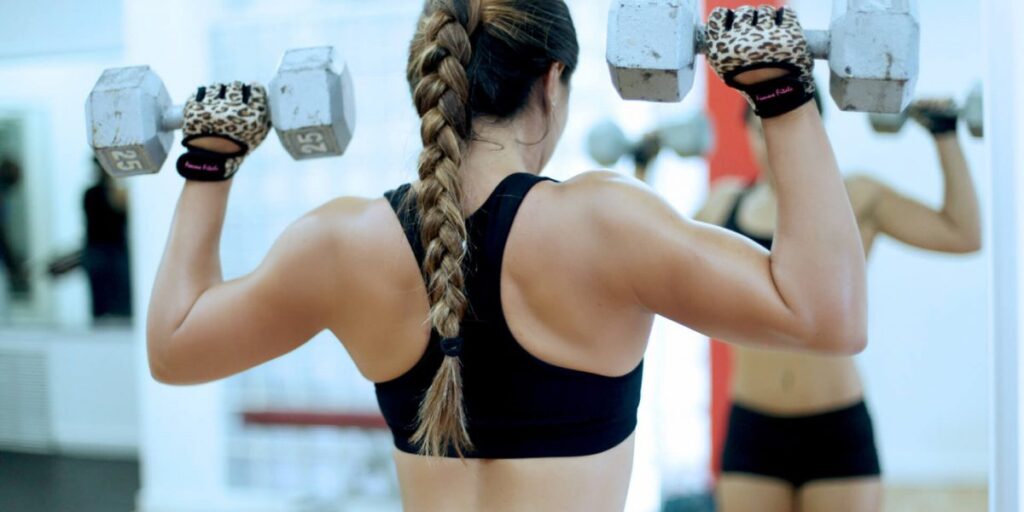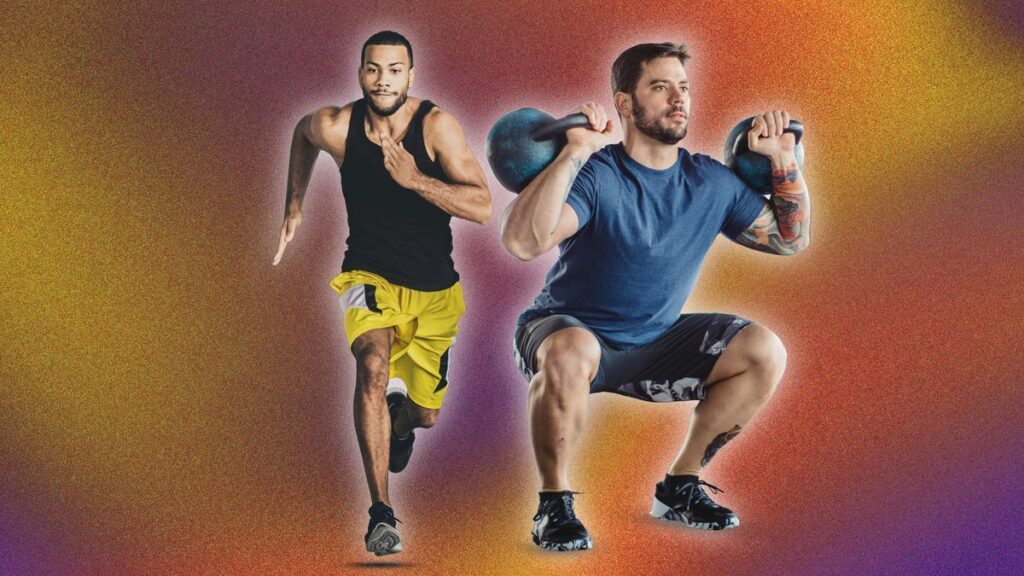Alexander Thiel (McKinsey partner) explains how, despite the rise of sports such as padel and pickleball, a third of the world's adults - and even more of the world's youth - remain inactive. Economic factors such as inflation, stagnating GDP and the saturation of key markets are holding back the growth of the sporting goods sector..
One third of the world's adults are completely inactive; youth inactivity is even more pronounced.
If this indicator is of great concern for the health of humanityThe sport industry, which is seeing an increase in the stagnation in sporting goods: global growth is projected to fall from ~7 % per annum (2021-2024) to ~6 % (2024-2029), affected by Asia-Pacific, Western Europe and Latin America.
What are brands doing to respond?
- Priority is given to the durability and versatility of the products.
- Differentiation is vital: offering more than functionality.
- Some brands adopt "premium" strategies while others cut prices.
Are the big brands under threat?
Yes. Emerging brands gain share because they focus on specific segments with more authentic messages and more personalised products. Big brands must compete on innovation, category by category, using their scale and resources.
From wellness to holistic health
Wellness remains a trend, but brands must also address physical and mental health as part of an active lifestyle. This requires partnerships with gyms, trainers and health platforms.
What about sustainability?
Although it has lost importance as a decisive factor in purchasing, it is expected to resurface. Brands should invest now, without letting their ESG strategy weaken.
The paradox of inactivity
Despite the rise of sport in popular culture, inactivity is on the rise. It is estimated that 500 million serious illnesses could be prevented by 2030. This represents an economic and social opportunity for brands.

What strategies are working?
- Removing barriersWomen's specific products (e.g. menstruation-proof tights, maternity bras, adapted footwear).
- Inclusive campaignsInitiatives such as Run Your Way (New Balance) or The Desk Break (Asics).
- Youth initiatives: School or sports programmes to activate the more sedentary generation.
Why are outdoor and social sports growing?
In the wake of the pandemic, sports such as hiking, cycling and climbing have exploded. At the same time, social sports (such as paddle tennis or group classes), where community is more important than performance, are on the rise.
Online vs. physical? Both.
Although ecommerce is growing, the physical in-store experience is still key to inspire and retain customers. Most consumers make mixed journeys: discover in-store, buy online, or vice versa.
Where are the new markets?
- Asia-Pacific will be the fastest growing region until 2030.
- India, Indonesia, Brazil and Mexico also have great potential due to the expansion of their middle class and the rise of sport as a cultural identity.
If we stay in Europe, the panorama illustrated by Mc Kingsey is quite similar. In the EU, between 35 % and 45 % of adults do not get enough physical activity-about 36 % in 28 European countries according to Eurobarometer 2017, and up to 45 % in 2022 say they never exercise Regional differences are clear: Southern Europe (Portugal, Italy, Malta, Cyprus) have the highest inactivity rates (up to ~64 %), whereas Nordic countries and Germany have high activity investors
Women, older people, lower levels of education and more vulnerable socio-economic groups are less likely to exercise.
Only ~13.6 % of EU adults meet both recommendations: aerobic + muscle strength. Western Europe shows slower growth of the sector, supporting the slowdown scenario put forward by McKinsey (~6 % per year projected).
Although there is no direct data here on sustainability, the main motivations in Europe (health, fitness, relaxation) are in line with McKinsey: health and wellbeing take precedence over fashion or status.
European brands are embracing activation campaigns and partnerships with gyms and youth programmes (although often on a smaller scale than in the US). There is also a presence of niche brands with a strong focus on wellness, outdoor or inclusivity (e.g. women's sportswear, hijabs, etc.), although their impact varies by country.






